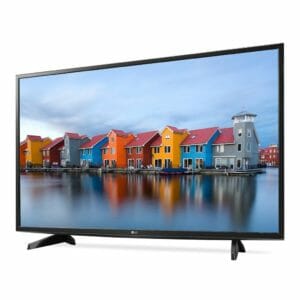Table of Contents
In order to choose the best monitor for your needs, it is very important to distinguish what kind of LCD panel interface type is in the monitor you’re looking at. The most common panels used nowadays are;
- IPS or in-plane switching
- TN or Twisted Nematic
- VA or vertical alignment
In this article, we will discuss what are the LCD panel types, their differences, plus identify the advantages and disadvantages of each type.
TN (Twisted Nematic) Panels
One of the types of panels that you will find in a computer monitor is a TN Panel. This stands for Twisted Nematic, and this particular type of LCD panel is generally the cheapest. They are the cheapest to manufacture among all LCD technologies, so they are the most commonly used in budget monitors.
Their Strength
Best LCD Panel Type for Gaming
We generally consider TN panels to be the best for gaming because of their faster response time and refresh rate.

Have a Higher Refresh Rate
If you are looking to game online, you will need a monitor with a higher refresh rate like that offered by a TN panel. Refresh rates are measured in Hertz (Hz), which defines how many times per second your screen can display new images.
The higher the refresh rate, the smoother your onscreen motion will look when you're playing video games or watching movies.
Some TN monitors also support 144Hz refresh rates giving users even smoother motion performance during gameplay or video playback.
Have a Low Response Time
The typical response time for a TN panel is less than 5 ms which is much faster than the 6 or 8 ms response time that other LCD displays have, such as vertical alignment or VA.
With their lower response time than other technologies, they can react more quickly to changes in input from a graphics card. The faster response time also means that the image on your monitor will appear less blurry and more fluid. This is especially noticeable in fast-paced games where every second counts.
TN panels were the first to hit the market, and they're found in many laptops and monitors.
TN Panel Weakness
The biggest downside with these panels is often their viewing angles. On a TN panel, the viewing angles aren't very good, and depending on how far off-center you are, the picture can begin to lose color and contrast.
TN panels also don't support as wide a range of resolutions as IPS. This LCD monitor panel type has a poor contrast ratio when compared with other technologies such as IPS and VA. This results in an inability to display deep blacks and bright whites at the same time.
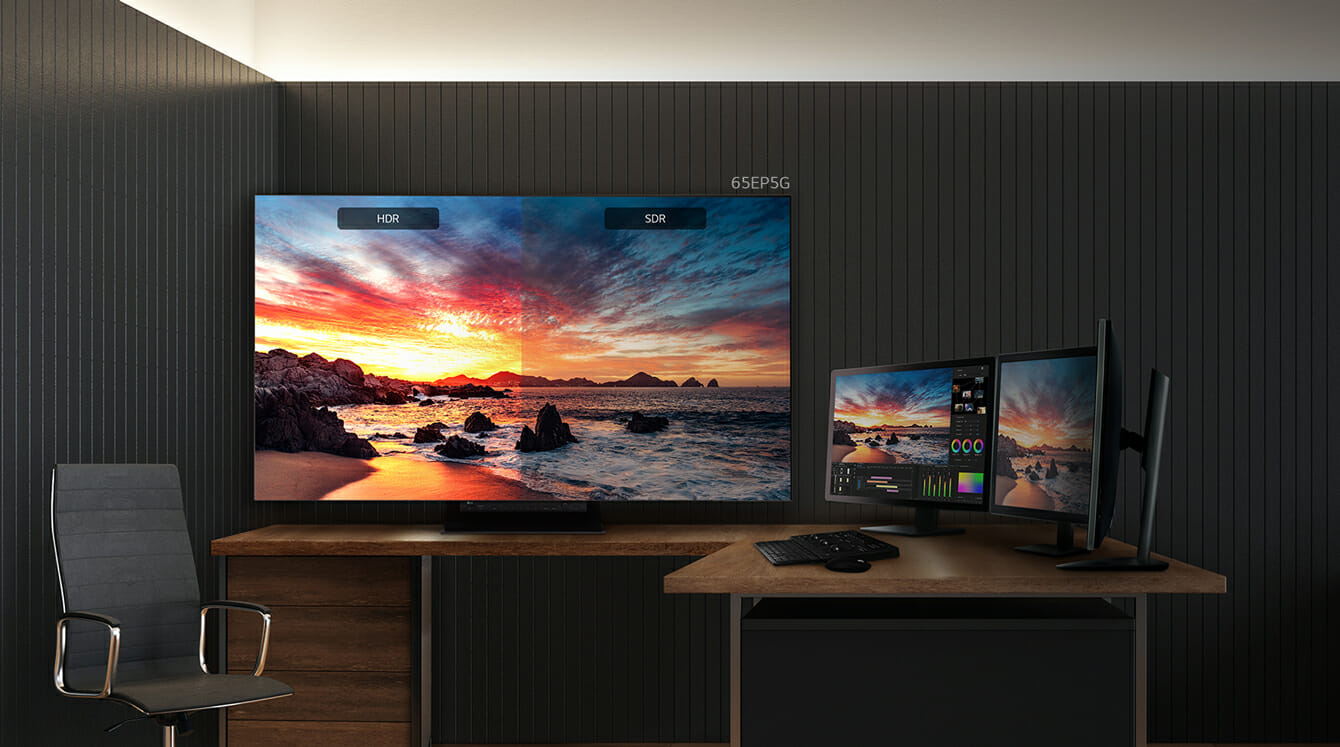
How do TN Panels work?
TN panels are manufactured by Samsung, LG, AUO, Chi-Mei, Chunghwa Picture Tubes, Hannstar Display Corporation, Sharp Corporation, CMI, Innolux, J-Tech Digital Imaging Co. Ltd, AU Optronics Corporation, etc.
A TN panel is a type of liquid crystal display (LCD) used in most LCD monitors and laptops. TN panels were the workhorse of the 1990s and early 2000s, but they were eventually replaced by their more-expensive cousins, the in-plane switching (IPS) and vertical alignment (VA) panels.
Here's how TN panels work
TN computer panels work by using two polarized filters, vertical and horizontal, to control the light that passes through them. The filters are arranged so that when the electrical current is off, light cannot pass through. When it's on, it hits the twisted crystals to produce colors. The active layer is twisted to allow the light to pass through it, and this twist is controlled by electrical fields applied to the liquid crystal material.
It is worth noting that A TN panel is made up of millions of pixels, each pixel being red, green, or blue in color. The light from each pixel can be either on or off, so black is created when all the pixels are off and white when all are on. When all three colors are combined, any color can be produced. This arrangement is called RGB (red-green-blue).
What are the Benefits of TN Panels?
A TN panel uses twisted nematic liquid crystals to form images. While not as desirable as other technologies, it does have several benefits worth considering when making a purchasing decision.
- They are mostly found in budget LCDs, as they are cheaper to manufacture and therefore sell for less.
- TN panels have excellent response rates and refresh rates, typically 1 - 2 milliseconds and 50 – 75 Hz, respectively. This makes them ideal for high-end gaming
What are the Downsides of TN Panels?
TN is the oldest and most common type of LCD panel, and it's also the cheapest to produce. TN panels were the first panels to be introduced to the market, but they're no longer as popular as they used to be. This is because TN panels have several downsides:
- The main disadvantage of TN panels is limited viewing angles, which can be extremely limiting in some cases. If you're sitting straight in front of the monitor, everything is fine, but if you move to the side, then all colors shift and get distorted. That can be extremely annoying for graphic designers or architects who work with color palettes, photographers who need exact color matching, etc. (see also top monitors for CAD).
- TN panels typically have lower contrast ratios than IPS displays do, so they don't look as rich in color or dark black. So TN panels are usually not suitable for professional applications such as color-critical photo editing and graphic design.
- TN panels are often cited as inferior to IPS because they support a range of resolutions, but not a wide one
What are the Best Monitors that Have TN Panels?
Here are the Best monitors that have TN panels.
Many gamers prefer TN panels because they provide a very fast response time and higher refresh rates. You can also find some with a refresh rate of 240Hz, which is even better.
- The Asus VG248QE is a 24-inch LCD display with a 1920 x 1080 resolution and a 1ms response time. It uses a TN panel, so don't expect much in terms of viewing angle or color reproduction accuracy compared to an IPS display. But if you're looking for a good 144Hz monitor, choose this one.
- The Samsung S27B970D is also known as the professional gaming monitor because it has features that gamers love: it's got a fast 1ms response time and 144Hz refresh rate. In addition, as far as features go, take a look at gaming monitors with speakers.
- ViewSonic VX2458-MHD. It has a TN panel. The refresh rate of this monitor is 72Hz, which is standard. The response time of this monitor is 1ms. It also comes with 4 USB 3.0 ports, which is great if you plan on hooking up multiple devices, which is frequently used when trading. If you have a setup like that, you will also want to look at bezel less monitors, or frameless monitors, for your needs.
VA Panel
Another common type of panel is a VA panel. This stands for Vertical Alignment and is a step above a TN panel in terms of quality. Its name comes from the fact that light emitted from the screen's backlight (see also LED monitors) is aligned vertically rather than being scattered horizontally and vertically as it is with a TN display.
You'll see these in higher-end gaming monitors as well as some standard monitors, especially those with higher resolution like 4K or 5K.
This display technology is used in LCD TVs, desktop monitors, and notebook displays.
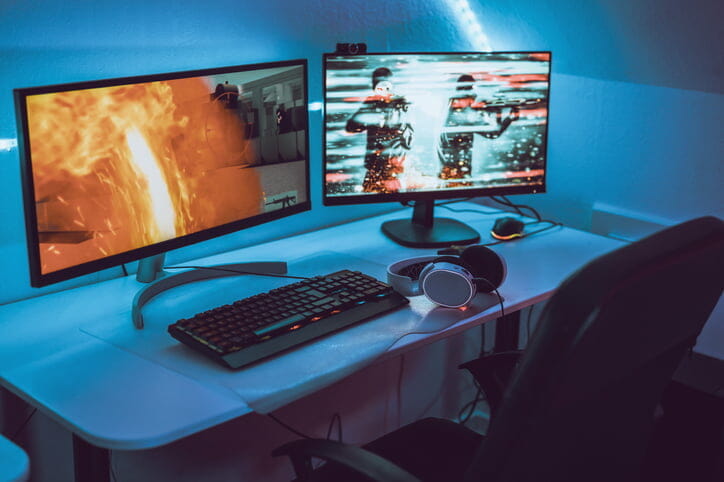
VA Panel Benefits
VA is a type of LCD display technology that enables it to be thinner and lighter.
VA panels provide high-quality images, wide viewing angles along with excellent contrast ratio and high refresh rates. These factors make VA panel monitors preferred for graphic design, photographers, video editors, and others who often work on their PCs.
Have High Contrast Ratios
The high contrast ratio makes pictures look more realistic because it creates dark black areas with good detail when displaying dark scenes.
Have High Refresh Rates
VA panels are also better when displaying fast-moving images because they offer high refresh rates hence have less motion blur. Additionally, some panels have support for even 120 Hz refresh rates for ultra-smooth movement in games and movies.
Have Wide Viewing Angles
Unlike a TN display, a VA display has excellent viewing angles. You can view them from any direction, and you won't see any distortion in the display. They make them a good choice for home theater systems as it allows users to be seated off-center without affecting the image quality or contrast ratio.
VA Weakness
The response time of VA panels is 50% lower than that of TN panels, which is why they are no good for fast-paced games.
How do VA (Vertical Alignment) Panels Work?
Traditional LCD displays use two polarizing filters and liquid crystals (LCs) to create all the colors and patterns that we see on computer monitors and flat-panel televisions.
VA screens use a vertical alignment layer (VAL) to let light pass through and produce images.
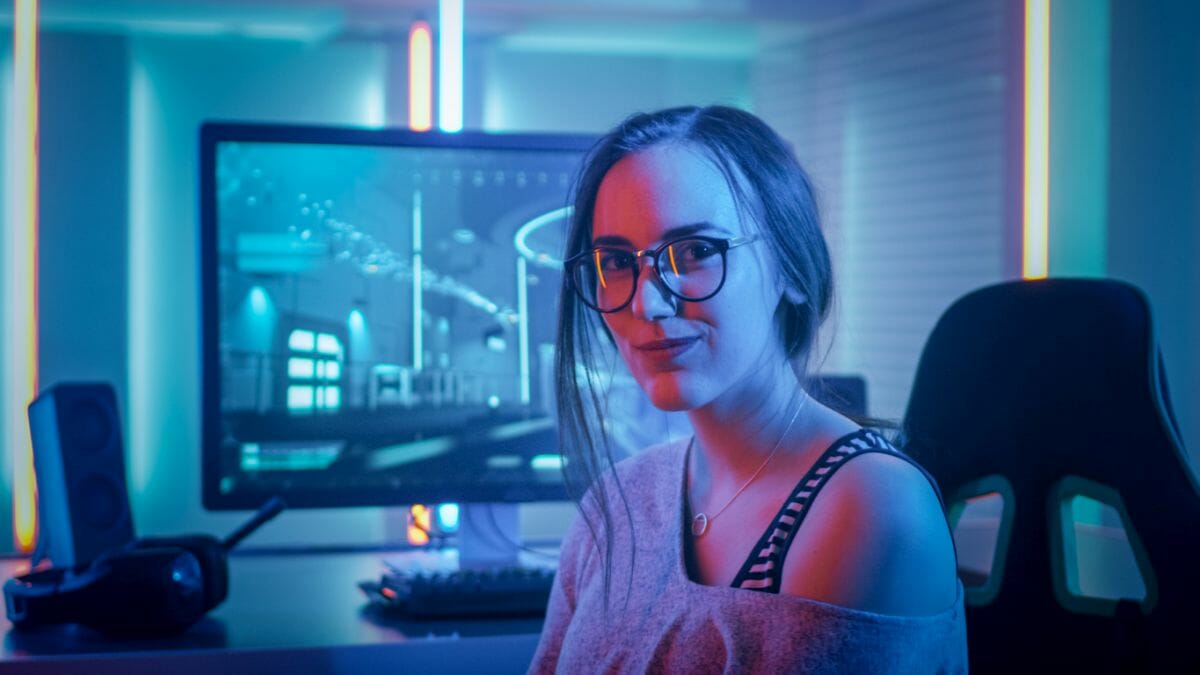
What are the Benefits of VA Panels?
- Image quality of VA technology is considered better than TN technology; text appears crisper, and images appear sharper and richer in contrast and color.
- You will also find that they have excellent refresh rates and response times which gives gamers a smooth experience while playing fast-paced games like first-person shooters and driving simulations.
- One of the other key benefits of VA technology is its high contrast ratio; VA displays can deliver a true black when displaying dark images or video content
- VA displays also offer an ultra-wide viewing angle, which means that you can view them from a wide range of angles without experiencing color distortion.
What are the Downsides of VA (Vertical Alignment) Panels?
The big downside of TN panels is their response time. Most TN panels have a response time of 5-8 MS, which is fine for most people. However, if you're mostly into competitive gaming or fast-paced action games like me that require quick reflexes, then this could be a problem.
What are the Best Monitors that Have VA (Vertical Alignment) Panels?
We did some research and came up with a list of the best monitors with VA panels, and they are;
- ViewSonic VX2457-MHD. It is a 24-inch monitor with a 1920 x 1080 resolution and covers 100% of the sRGB spectrum. It also has plenty of picture-enhancing features, including adjustable color settings and support for AMD's FreeSync technology (see also affordable G Sync monitors).
- Starting in 2017, Samsung introduced the CF390 curved monitor with a VA panel that supports FreeSync and HDR technology.
- The AOC AGON AG352UCG6 Black Edition was announced in March 2018. It has a 35-inch VA panel that natively supports 120Hz refresh rates

IPS Panel
This is the best LCD panel type. IPS stands for In-Plane Switching, and the biggest advantage over the other panels listed above is its wide viewing angles.
These screens are more expensive than TN panels but offer a greater contrast ratio, higher resolutions than their TN counterparts. They also support higher refresh rates, lower response time which makes them ideal for monitors larger than 24 inches.
Offers Consistent Colors
These panels offer much more consistent colors, which makes them ideal for graphic designers or anyone who does any kind of color-critical work on their monitor.
Have Wider Viewing Angles
IPS panels offer wider viewing angles than VA panels do, making them better suited for use in public spaces such as retail stores or airports where you can expect people will be walking by your TV from both sides.
Have a Lower Response time
They have faster response times, so video content such as live sports will appear more fluid on an IPS display than it would on a VA display.
They also have a high refresh rate. Newer models are now available with 120Hz or even 240Hz refresh rates. These are found chiefly on gaming monitors but will likely become more common in other types of monitors in the future.
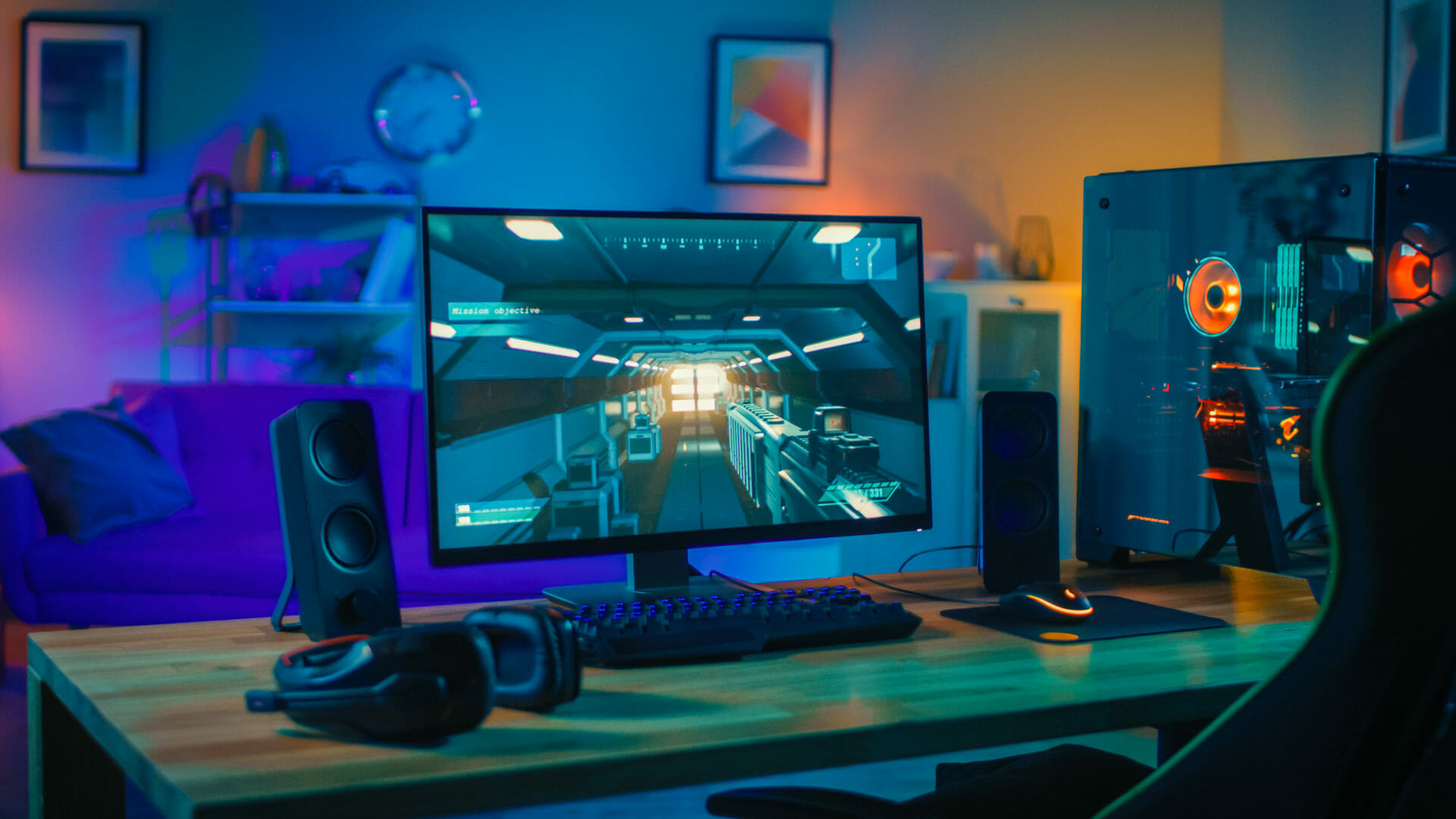
Offer Greater Contrast Ratio
The contrast ratio of an IPS panel is higher than that of TN panels. The contrast ratio of a display refers to the difference between the darkest black and the brightest white that the display is capable of producing. This can be an important factor in overall display quality, depending on how you use your laptop or desktop monitor.
A high contrast ratio is important for good reasons. A good contrast ratio makes details easier to see, so you can enjoy your movies more and your games more challenging. It can also make it easier to work outside in bright sunlight.
Have a High Resolution
IPS panels are known for their high resolutions, which translate to crisp, clear images.
Some manufacturers that specialize in IPS panel interphases include Samsung, LG, and even Mac Apple. Also, almost all Dell monitors use IPS panels. However, there are plenty of other high-quality manufacturers that also offer IPS panels for you to choose from.
How do IPS Panels work?
In a liquid crystal display (LCD), light passes through a pair of polarizers. Each polarizer is made of a long chain of molecules, each oriented in a different direction; one vertical, the other horizontal.
When an electric current is applied to the liquid crystals, their long chains align with the directions of the polarizers. If both polarizers are vertical, no light will pass through. But if one polarizer is vertical and the other is horizontal, light can pass through.
In an IPS LCD panel, liquid crystals are aligned so that both polarizers face the same way—horizontal. Light from behind the panel passes through one polarizer and then bounces off onto a second polarizer before reaching your eyes. This design makes IPS LCDs nearly as bright as VA panels and much brighter than TN panels without sacrificing contrast ratio or color accuracy.
What are the Benefits of IPS Panels?
If you're looking for a new monitor, IPS panels may be the right ones for you. Here are some of their most important benefits:
- It allows for wider viewing angles. This is very useful for monitors used at work that involve customer service, where the monitor may be viewed from many different angles.
- The IPS LCD displays are also characterized by their high degree of brightness and contrast, which makes them ideal for outdoor use, among many other features.
- The typical lifespan of an IPS panel is around 100,000 hours, which is more than enough for even heavy users to get their money's worth from their monitor.
- They're thin and lightweight which makes them ideal to serve as portable monitors. A major benefit of IPS monitors is that they're easy to carry around because they're so thin; they’re also easy to pack up in a bag when you're traveling or moving from place to place.
- They have low response times. This is particularly important if someone is gaming on their monitor or using it in similar situations
- They have great color reproduction. Many people who are serious about a photo or video editing are drawn to IPS panels because they offer superior color reproduction possibilities when compared with TN panels.
What are the Downsides of IPS Panels?
The main disadvantage of IPS panels is that they are more expensive than TN panels. The cost of an IPS panel will typically be $10-$20 higher than a comparable TN panel.
What are the Best Monitors that Have IPS Panels?
Today, the majority of flat-panel monitors use in-plane switching (IPS) technology. Best monitors that have IPS panels include;
- Samsung U28E590D 28-Inch 4K UHD Monitor. If you love gaming, then this is the product for you; it comes with AMD FreeSync, which proved successful in eliminating screen tearing since being introduced as VSync, as this post explained.
- The LG IPS236V-P has excellent color reproduction (99% sRGB) and wide viewing angles (178°/178°) that provide great images even when viewed from an angle. It's also an affordable monitor priced under 200 dollars.
- The Acer H236HL bmijpphzx is one the best IPS monitors on the market today. This monitor has an extremely high 2560×1440 resolution along with a 1,000:1 contrast ratio and a 160-degree viewing angle.
What is Super PLS?
Super PLS-Plane to Line Switching-display technology is a display technology developed by Samsung Electronics.
It offers a much higher resolution than conventional LCD and can be used to manufacture large panels. It's an innovative display technology that has the potential to change the face of consumer electronics.
Provides a Better Alternative to IPS
There are 3 main types of LCDs; VA (Vertical Alignment), TN (Twisted Nematic), and IPS (In-Plane Switching). All these technologies have been used for over 10 years and have their own pros and cons. However, they have reached their upper limits in terms of resolution and other features, and it's nearly impossible to increase them any further. That's where Super PLS-Plane to Line Switching comes in.
Super PLS-Plane to Line Switching offers resolutions as high as 8K, has wider viewing angles, and is brighter. The image quality presented by this technology is said to be much better than traditional LCDs, and it could potentially disrupt the current.
What is Nano IPS?
Nano IPS is a technology that was created by LG to improve over standard IPS panels. It offers high image quality and better response time.
The Nano IPS panel technology adds a layer of nano-particles to the backlight in order to transmit the screen's picture more efficiently and reduce the chances of image retention.
The nano-particles increase the amount of light that is transmitted through each pixel, improving the overall brightness and color accuracy of the display. This means that great image quality can be achieved at lower backlight levels.
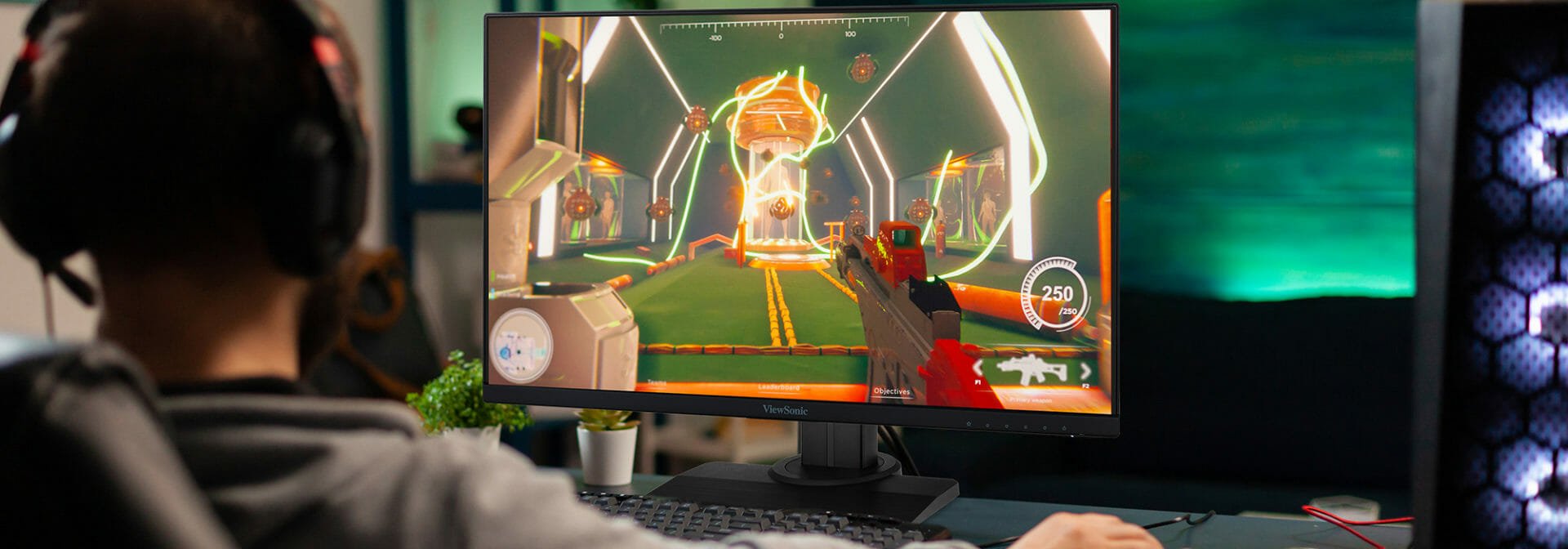
What is AHVA?
AHVA stands for Advanced Hyper-Viewing Angle.
Advanced Hyper-Viewing Angle (AHVA) computer display was developed by AU Optronics Corp. It is a type of LCD that can be seen clearly even from the most acute angles. Through the process of strengthening the polarizing plate, it can help minimize the reflection ratio to less than 1%. The viewing angle is about 178 degrees.
The Technology was First Applied to Televisions and Notebooks
This technology was initially applied in television and notebook screens by AU Optronics Corp. The company claimed that AHVA could be seen clearly from all angles, which is better than VA and IPS technologies by 30% and 20%, respectively.
AHVA also provides a greater range of colors which makes images appear to pop off the screen. And it gives better performance outdoors, so you get a great view no matter whether it's sunny or cloudy.
With outstanding performance in terms of both color reproduction and brightness, AHVA provides users with an unparalleled level of visual experience.
Which Panel is Best for Eyes?
Computer monitors produce a lot of blue light, which is very bad for your eyes. Why? Because blue light has the highest energy and the shortest wavelength in the visible light spectrum. If you stare at a computer screen for hours each day, you're exposed to a lot of blue light, and that can be very harmful to your eyes. For programmers, for example, who spend a lot of time under artificial light, to have the best eye care technology is crucial to keep focus on the job.
Most LCDs (liquid crystal display) monitors are now manufactured with an anti-glare coating to reduce the effect of ambient light reflecting off the screen. Anti-glare coatings can reduce reflections by 25 to 70%.
The ideal monitor for your eyes is one that has the correct color contrast and comes with eye care technology such as IPS.
Is IPS or VA panel better?
VA panel is better thank IPS. Although IPS panels have a contrast ratio of 700:1 to 1500:1, they are still inferior to VA panels. The majority of VA monitor panels have contrast ratios above 2500:1, and some even reach 5000:1 or 6000:1. Even local dimming is used by more recent monitors to obtain even greater contrast ratios.
Is IPS or OLED better?
Yes, IPS is better than OLED. The main benefit of IPS panels is their increased brightness, particularly when combined with a tiny LED backlight. OLED displays are often limited to brightness levels of roughly 1,000 nits, while mini LED displays can reach peak brightness levels of around 2,000 nits.

